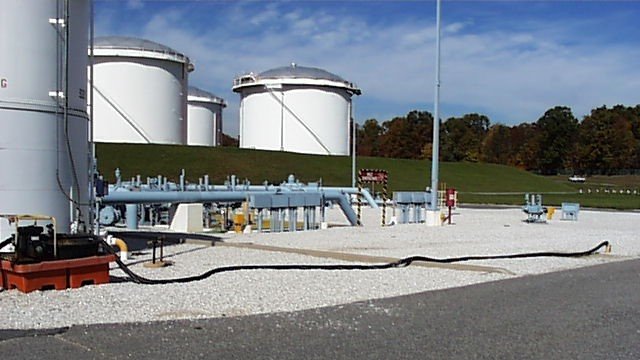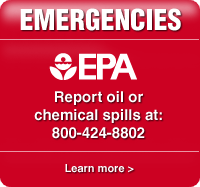Oil Spill Prevention and Preparedness Regulations
EPA's oil spill prevention program includes the Spill Prevention, Control, and Countermeasure (SPCC) rule and the Facility Response Plan (FRP) rule. EPA is the lead federal response agency for oil spills occurring in inland waters. The U.S. Coast Guard is the lead response agency for spills in coastal waters and deepwater ports.
-
Spill Prevention, Control and Countermeasure (SPCC) Rule

The SPCC rule helps facilities prevent a discharge of oil into navigable waters or adjoining shorelines.
-
Facility Response Plan (FRP) Rule

The FRP rule requires certain facilities to prepare and submit a response plan for a worst case oil discharge or threat of a discharge.
-
Guidance and References

EPA provides guidance for the regulated community and regional inspectors.
-
Webinars and Training

Webinars and training for oil spill prevention and preparedness programs.
Most Requested Documents
- A Facility Owner/Operator's Guide to Oil Pollution Prevention
- 40 CFR 112
- Bulk Storage Container Inspection Fact Sheet
- SPCC Guidance for Regional Inspectors - Chapter 4: Secondary Containment and Impracticability Determinations
- Area Contingency Planning Handbook
- Tribal Oil Spill Prevention and Chemical Emergency Preparedness Webinars

